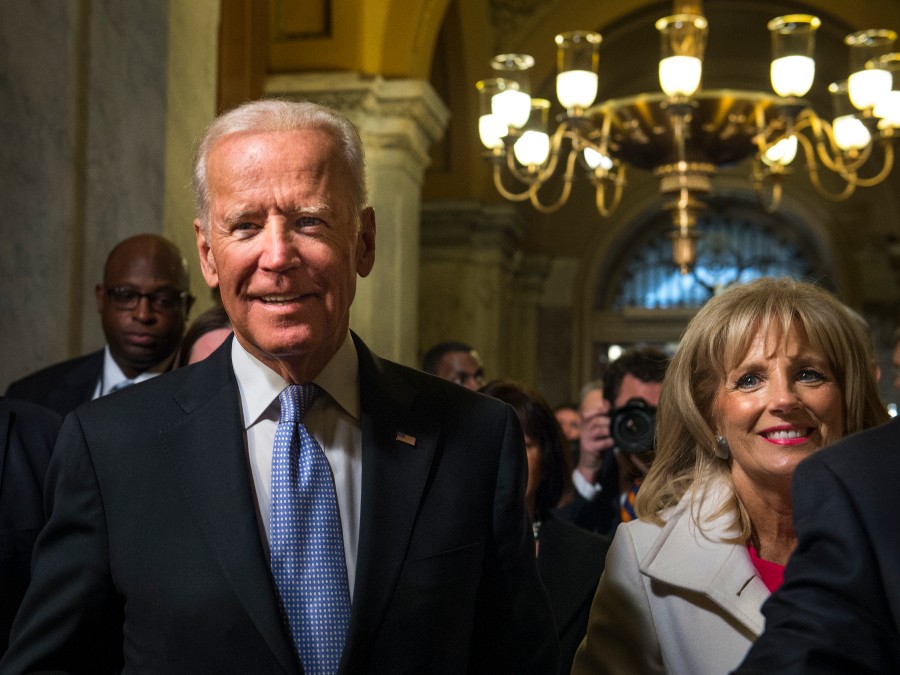U.S. News
Could the polls be wrong again? Trump says polls are ‘fake news’

WHAT YOU NEED TO KNOW:
- President Donald Trump has been defending that poll results that are not in favor of him are “fake news.”
- His thinking is based on the 2016 Election turnout where he won against poll frontrunner Hillary Clinton.
- Poll experts, however, are saying that (1) polls this time are more credible given the calibration on voters not participating in surveys, (2) more American voters are decided on their candidate, unlike with the previous election where many were uncertain, and (3) there are more investments in state polls now than four years ago.
Will history repeat itself for the president?
President Donald Trump has been saying that poll results that are in favor of his presidential rival Joe Biden are “fake news.”
His rationale is that if polls were always right, Hillary Clinton, his contender in the 2016 Presidential Elections, should be the one running now for re-election, instead of him. Clinton strongly scored in national polls back then, but Trump won the White House seat.
Arguing against Trump’s thinking, opinion poll experts say that polls this year are more trustworthy than those in 2016.
Polls are more accurate now in reading Trump’s base. Researchers had re-evaluated their survey methods following Trump’s win four years ago.
Pollsters now accounted Trump’s supporters who tend to avoid polls, i.e. white Americans without a college degree, who were found to be not well represented in survey samples. According to Pew Research, about 44% of voters in 2016 were whites without a college degree.
Since then, many surveys have added education weight and calibrated poll data for better projections.
Also this time, more voters are definite with whom to elect, unlike in 2016 where a lot of Americans were undecided — 20% remained unsure until the final weeks of the campaign.
This year, there’s less concern around indecisive voters. Only less than 7% of likely voters are uncertain about their vote, which is less than half vs what it was four years ago.
“The polls are much more reminiscent of 2012, when there was an incumbent on the ballot and the electorate was much more decided,” said Kyle Kondik, a political analyst at the University of Virginia. “And since there are fewer undecided voters, Biden is more consistently hitting above 50% support. And to me, that is a higher-quality lead than Clinton’s was because it suggests Biden has majority support,” Kondik continued.
Lastly, this 2020, news organizations are investing more resources on state polls.
Reuters is running 36 polls in six battleground states between Labor Day on September 7 and Election Day next Tuesday. Polls allow analysts to track opinions for a longer time to find inconsistencies in the survey data.
So far, tight races between Biden and Trump in Arizona, Florida and North Carolina are shown in Reuters/Ipsos’ state polls, while Biden has maintained a lead in Wisconsin, Pennsylvania and Michigan.
According to the latest Reuters/Ipsos national poll, Biden is backed by 52% of likely voters, while Trump is supported by 42%.
Source: Reuters
